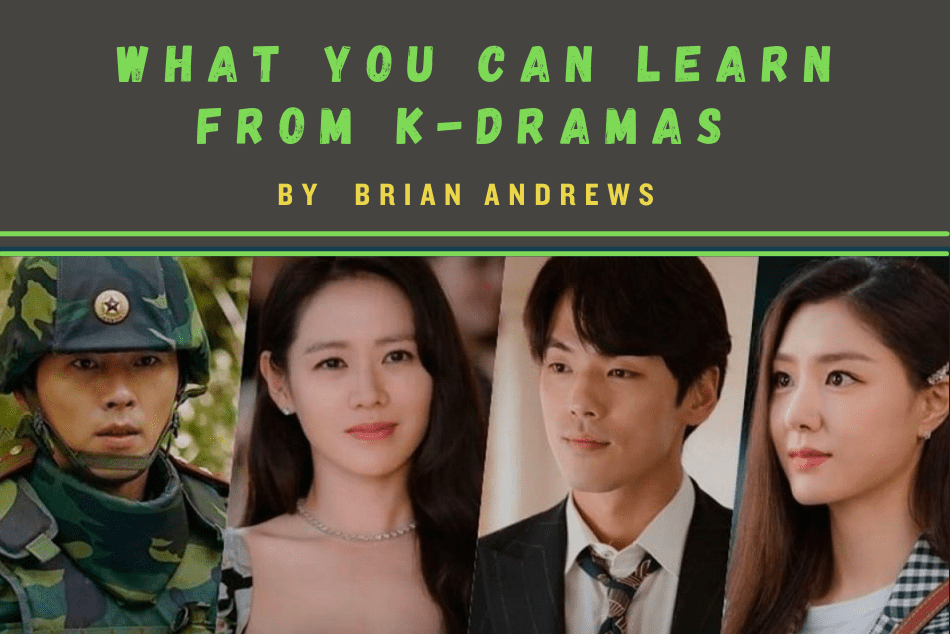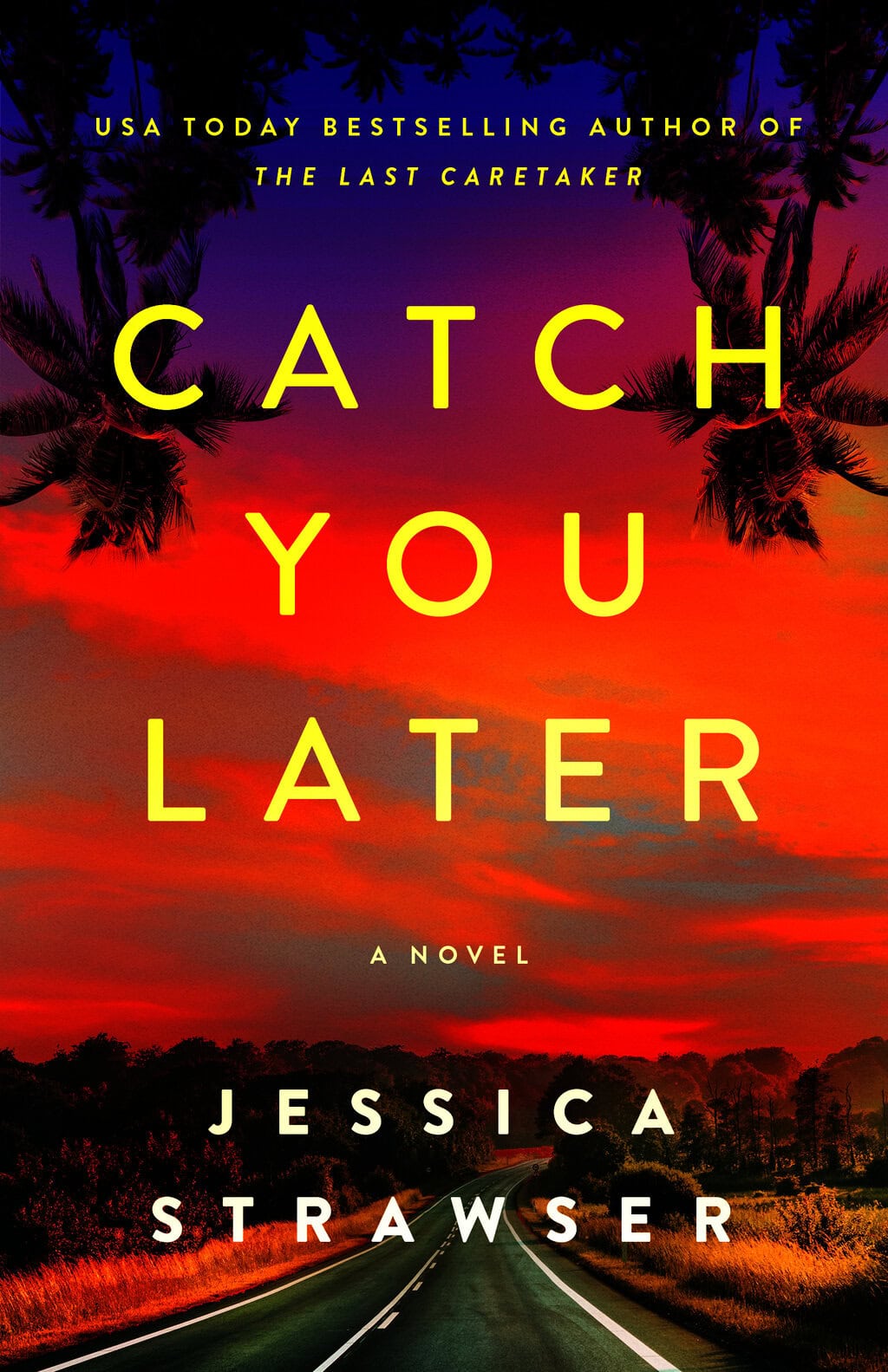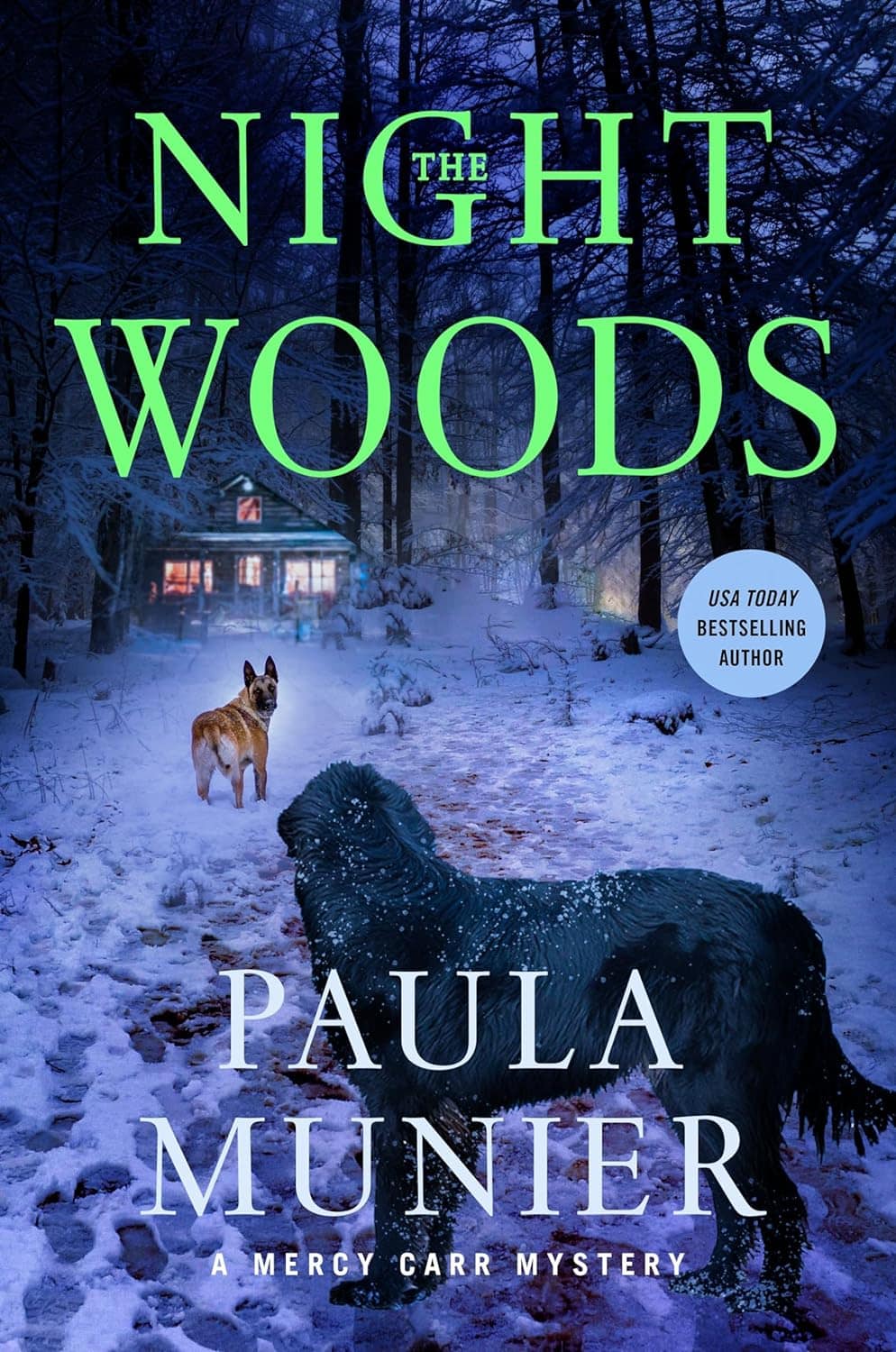If you have a Netflix account, you’ve probably noticed some unexpected entries in the “Trending Now” and “Everyone’s Watching” search categories. Titles like CRASH LANDING ON YOU, THE KING, and ALL OF US ARE DEAD surged to the top of the most watched series, not only for international content, but for all content. What do these titles have in common you ask? They are all written, produced, and filmed in South Korea.
Korean dramas, aka “K-Dramas,” have been popular in Korea for decades, but over the past few years they’ve been taking the world by storm. The US market has always been a very difficult place to sell and promote foreign films and content. The greatest French, Italian, and even British films and series have historically had tremendous difficulty breaking out. Why are K-dramas shattering the foreign television glass ceiling? What are they doing different than everyone else?
This post breaks down the top 3 lessons that storytellers can learn from watching K-Dramas.
AUTHENTIC CHARACTERS
One of the most compelling elements I’ve observed in K-dramas is a rich and fearless characterization of the main cast. Korean screenwriters do not shy away from stripping their characters down until they are emotionally naked. We get to see the characters at their best, their worst, and every state in between.
In real life, it’s impossible to bring your A-game every second of every day. We rarely find the courage to say what we’re truly feeling inside, and we usually fail before we succeed. In K-dramas, characters’ quirks, imperfections, and vulnerabilities are heavily featured. As viewers, we experience the main characters’ mistakes and missteps as they do, which makes them extremely sympathetic because it mirrors our own human experience.
In K-dramas, someone doesn’t have to be a superhero, wizard, or elite soldier to be heroic.
While an ever increasing percent of domestic content is dominated by super-human characters, K-dramas have generally resisted the trend. The frequency with which I’m required to suspend my disbelief watching Korean dramas is refreshingly low. In K-dramas, someone doesn’t have to be a superhero, wizard, or elite soldier to be heroic. Consequently, every act of heroism is amplified because of the characters’ vulnerability. When I’m watching a Marvel movie, there’s very little suspense because I know that superheroes never get hurt. In K-dramas, characters tend to in end up dead or in the hospital when they get injured which is oddly refreshing.
FAMILY ENTANGLEMENTS ARE FOUNDATIONAL
In a famous thriller series, a larger than life hero wanders from town to town solving cases and avenging wrongs. He’s a loner with no parents, siblings, spouse, or children to worry about. He can go wherever, do whatever, whenever he wants with nary a concern for anyone but himself. I understand the temptation to embrace this model as an author. It’s liberating to only have to worry about a hero who lives in the moment and has no conflicted feelings or messy relationships to map out. It’s also a missed opportunity and, if I’m being honest, a bit lazy. What a dull world it would be if we were all loners with no families to speak of. In K-dramas, family entanglements are foundational.
Here a list of entanglements I’ve noted that the writers of K-dramas use to create convoluted webs that ensnare the characters.
- sibling rivalry
- family secrets
- parental expectations
- arranged marriage
- infidelity
- divorce
- succession in family business
- inheritance rights
- birth order
- misogynie
- classism
As characters jockey for attention and influence, stressors emerge. How the characters react emotionally to these stressors (e.g., pride, anger, jealousy, love, etcetera) drives conflict and creates uncertainty that amplifies the suspense and fuels subplots that keep viewers coming back for more.
BALANCE BETWEEN LIGHT & DARK THEMES
The third element that I think have made Korean dramas so incredibly popular is that the writers and directors understand the importance of balancing light and dark. While watching Game of Thrones, I remember my wife asking me: “Why do you watch this show? Nothing good ever happens. It gets darker and more depressing with every episode!”
Thinking back on it now, her observation was astute and reflects a growing trend I’ve noticed with domestic television content. The war of one-upmanship in a quest for gritty realism has resulted in a slew of recent programming where the worst of the human condition is featured ad nauseam. The relentless graphic violence, sex, abusive behavior, drug use, torture, and murder showcased in television series of late has made many series unwatchable for me.
This is not to say that K-dramas are all roses and unicorns. The screenwriters don’t shy away from tackling difficult topics or violence, but they balance the dark with moments of light. Every episode makes time for levity, tenderness, or optimism. Finding this balance is important for three reasons:
- It gives the viewer an emotional break from the ugliness
- It grounds the negative and provides a raison d’être for featuring dark content in the first place
- It makes the story well-rounded and the overall experience more memorable
WRAP UP
Regardless of what genre you write in, borrowing from the story-telling techniques employed in K-dramas will elevate your writing. By working hard to write authentic characters, incorporating family entanglements, and balancing dark and light, you will bring a new level of complexity and reader engagement to your storytelling.
Do you have a favorite K-drama? Let us hear about it on Facebook.





